In the fall of 1979 Chase spent a number of weeks in London visiting his friends. One friend, film maker Derek Jarman, suggested they visit the Victorian & Albert Museum. Chase began returning to the musuem, fascinated by the collections of books and manuscripts there. He was especially captivated by a series of ancient Japanese manuscripts, large empty sheets of paper with small watermarks and sections that had been frayed by the artist; the pages had been used as meditation surfaces. He was also interested in a large show of Ingres drawings at the National Gallery, where the watermarks on the drawing reflection the same subtilties as the Japanese manuscripts. With these inspirations in mind, he began creating a series of small collages.
|
 |
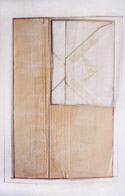 |
 |
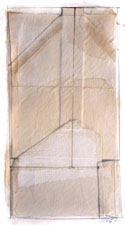 |
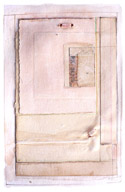 |
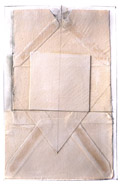 |
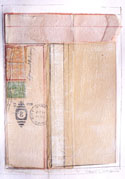 |
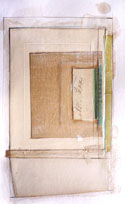 |
 |
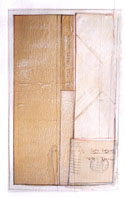 |
 |
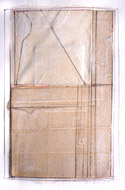 |
On a trip to Venice in 1984 he painted lines of paint across the grafitti on the billboards throughout the city which he then photographed.
|
 |
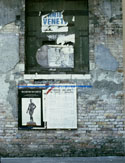 |
 |
 |
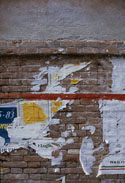 |
 |
 |
 |
 |
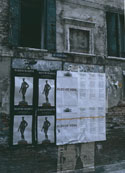 |
 |
 |
1983 was the most productive year for Chase in a decade. Throughout this period he continued his work with opera and film. He had been also influenced by his growing interest in miniature painting of the Near East.
|
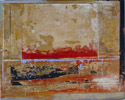 |
 |
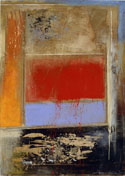 |
 |
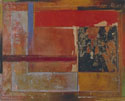 |
|
As these series of paintings developed, the work became less colorful and Chase explored ways of breaking up the rectangular shape. Gradually a more three dimensional way of working emerges, with various sized canvases being stacked or fitted together.
|
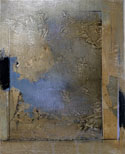 |
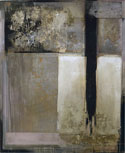 |
 |
 |
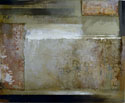 |
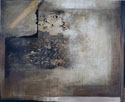 |
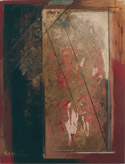 |
 |
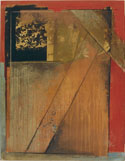 |
 |
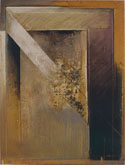 |
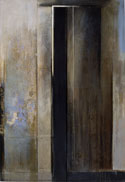 |
By the end of the eighties, his work had expanded in size, and the canvases consisted of several parts, with wood and constructed elements as part of the compositions. The paintings now take from 3 to 5 years to mature, often reworked a number of times during a two or three year period before they are considered finished.
|
 |
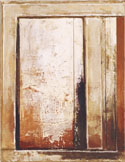 |
 |
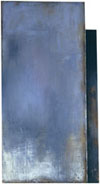 |
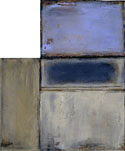 |
 |
At the same time, Ronald returned to the small works on paper that had begun the decade, now reflecting the construction of the larger paintings.
|
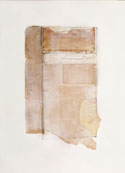 |
 |
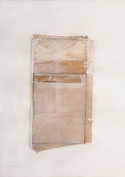 |
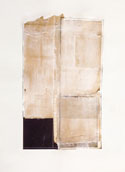 |
 |
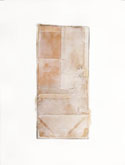 |
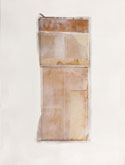 |
 |
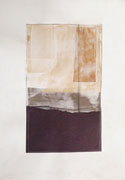 |
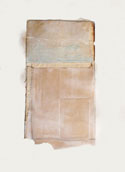 |
|
|

